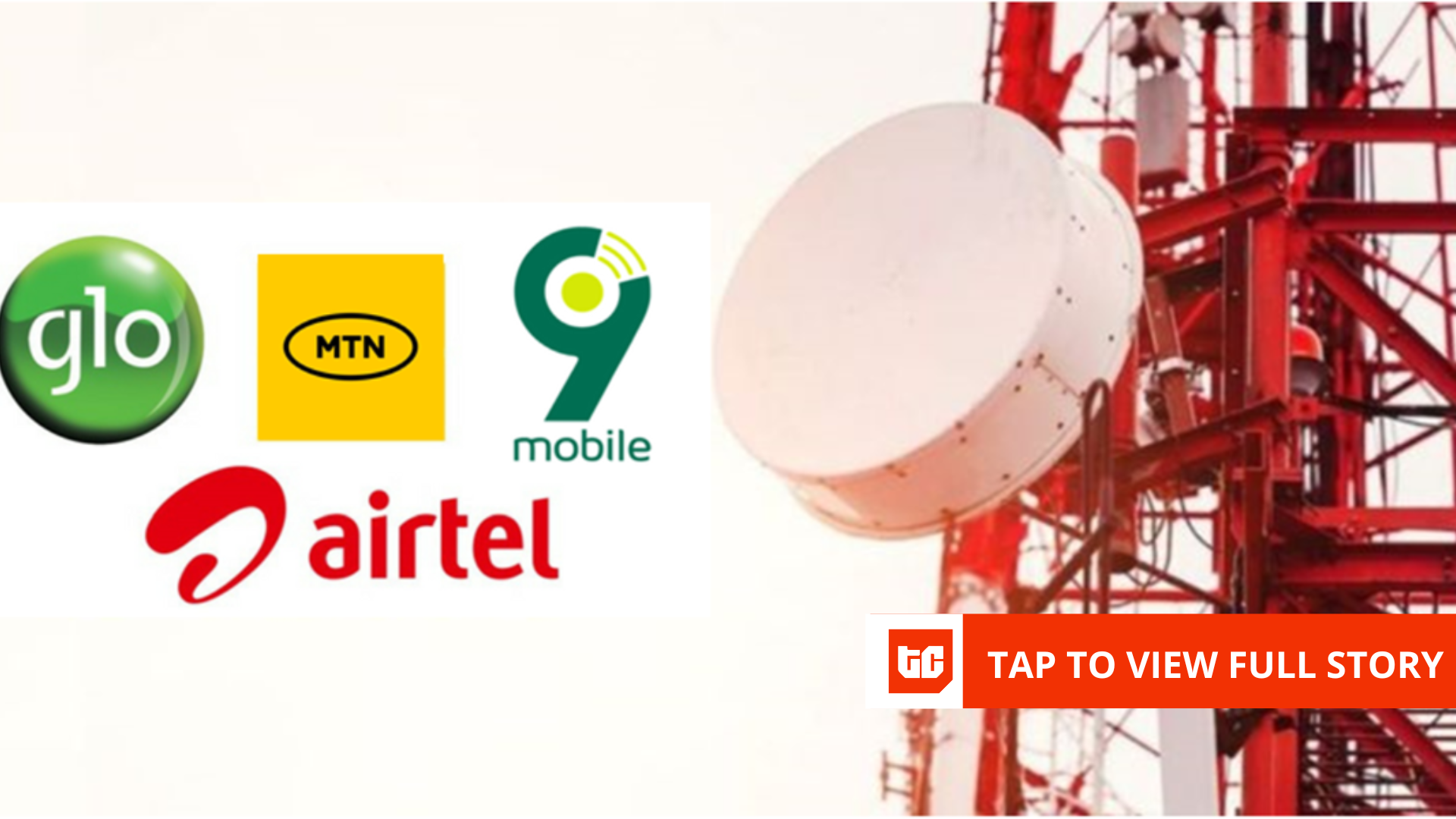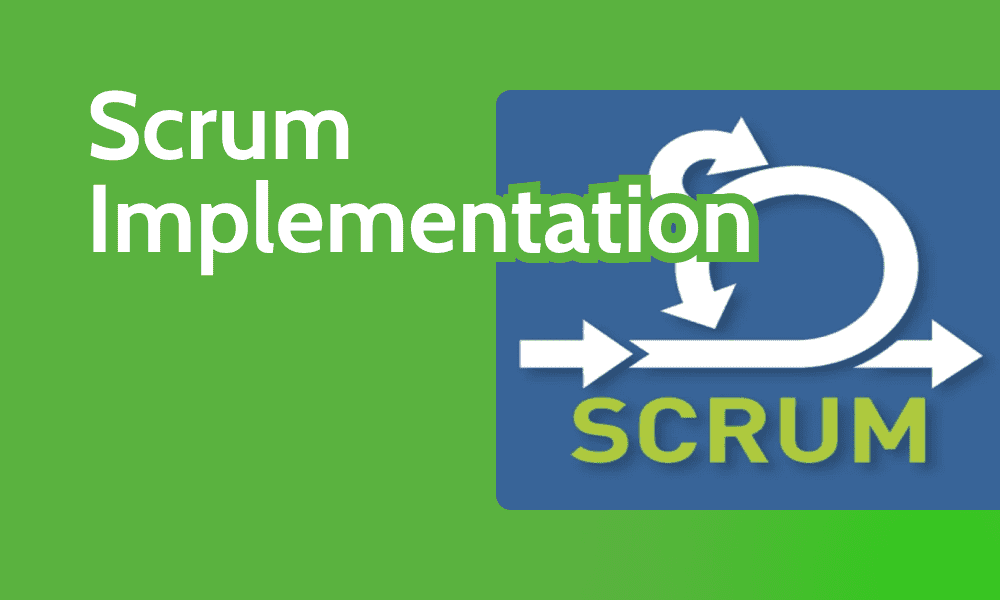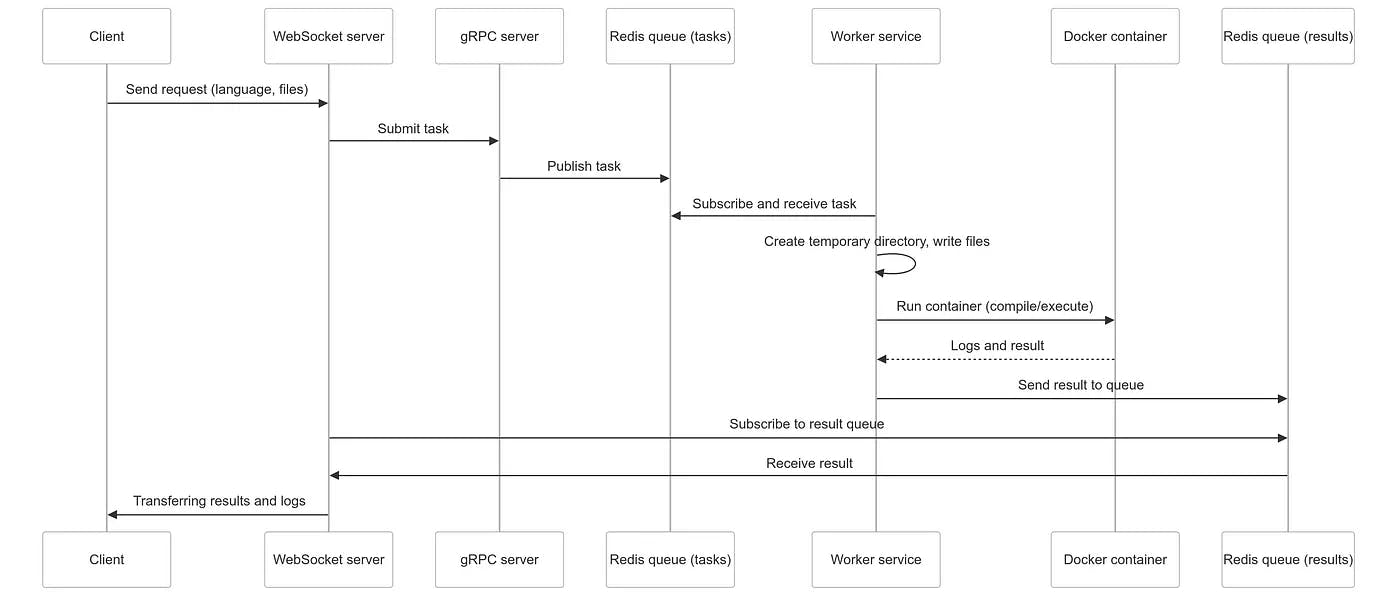To build (or refresh) a successful Facebook marketing strategy, it’s helpful to understand exactly what’s happening on the world’s largest social platform right now.
This 2025 collection of Facebook demographics, benchmarks, usage information, and marketing statistics provides a solid foundation to help you make the most of this platform that reaches billions of people around the globe.
But first, here are some trends we noticed in the data:
What these stats are telling us
- With over 3 billion monthly active users, Facebook remains the most-used social network. However, engagement is relatively low, meaning brands need to focus on content formats that drive interaction, such as Reels, albums, and Groups, rather than relying solely on Feed posts.
- While Facebook’s audience skews slightly older, Millennials and young adults (18–29) are still highly active on the platform. However, they engage more through Marketplace, Groups, and Reels rather than traditional status updates or link posts. Meanwhile, teen usage has significantly declined.
- Facebook continues to be a relationship-driven platform, where users primarily connect with friends, family, and interest-based communities. Brands that focus on social commerce, leveraging Marketplace and personalized ad targeting, stand to gain the most ROI from their efforts.
General Facebook stats
1. There are more than three billion Facebook monthly active users
As of Q4 2024, Facebook had more than 3 billion monthly active users. There are 3.35 billion daily active users across Meta’s core products (Facebook, Instagram, WhatsApp, or Facebook Messenger).
2. Facebook is the most popular social network in the world
With that number of monthly active users, it’s probably no surprise to learn that Facebook ranks as the most-used social network in the world currently. The runner-up, YouTube, has a mere 2.5 billion monthly active users in comparison.
3. Facebook.com is the third-most visited website
Not everyone uses the Facebook app. People scroll through Facebook on their computers too. According to SimilarWeb, Facebook’s website ranks third in the world—under Google (#1) and YouTube (#2).
4. 1.1 billion fake Facebook accounts were removed in Q3 2024
Spam accounts and fraudulent accounts are an issue for the social media platform. More than a billion fake Facebook accounts have been removed each quarter since 2019, except for a downtick from Q1 2023 to Q1 2024.

5. The best time to post on Facebook is between 4:00 a.m. and 6 a.m.

Of course, your mileage may vary. The best time to post on Facebook really depends on your specific audience on Facebook and their social habits, but according to Hootsuite’s latest original data, posting very early in the morning – especially on Saturdays – seems to be a sweet spot.
Note that this is an overall finding, and the best times can vary significantly by industry. For instance, construction, mining, & manufacturing sees a peak time from 11 a.m. to 1 p.m. on Thursdays. Finance is similar. But government accounts see peak engagement Sundays around 10 a.m.
Find the best time for your specific account using Hootsuite’s Best Time to Publish feature.
6. The most widely viewed Facebook Page in the U.S. in Q3 2024 was NBC Olympics & Paralympics
The page saw 132.4 million content views in the quarter. Other top brands (or celebrities) on Facebook include LADbible, ESPN, ABC News, UNILAD, Dad Jokes, and People.
Facebook benchmarks for marketers
7. The average engagement rate is 1.4%
Don’t be discouraged if you’re not getting the likes and comments you once were. It’s totally normal to have a lower engagement rate on Facebook than on other social platforms.

Check out our guide to getting more Facebook engagement for ideas that can move the needle.
8. The average weekly follower growth rate is 2.16%
Again, this is lower than on other platforms. But that makes sense since the platform itself (and many Pages) already has such a massive user base that growth is incremental rather than exponential.

9. The average Facebook Page posts 7.9 times per week
That’s about the middle of the pack when it comes to social platforms. Far less than on X or TikTok, but more than on LinkedIn or Instagram.

10. The optimal number of Facebook posts per week is 10
Fortunately, brands’ posting frequency aligns well with the optimum number of times per week to post on Facebook for maximum engagement. While 10 posts per week comes in highest at 1.61%, 8 posts per week is next at 1.59%. So well done, Page admins!

Facebook audience demographic stats
11. India is the country with the most Facebook users
With 378 million users, India has more accounts than any other country in the world. The United States has the second-highest number of Facebook users at 193 million. (Indonesia, Brazil, and Mexico follow.)
12. 68% of American adults use Facebook
That’s significantly higher than any other social network (although it is behind YouTube). However, while all the other platforms have seen significant U.S. user growth in recent years, Facebook has had the same penetration rate since 2016.

13. More than 56% of Facebook users are male
The worldwide Facebook user population had more male users than female users in 2024 (this data set does not include any other genders). 56.7% of users identify as male, while 43.3% of users identify as female. However, this differs from the U.S. user base. In the United States, 76% of women use the platform, compared to 59% of men.
14. 6.1% of Facebook users are over 65 years old
Though Facebook increasingly has a reputation as a safe space for boomers, there is minimal participation from users of this demographic. Only 13.7% of Facebook users are older than 55.
15. Millennials make up almost half of Facebook’s audience
The age group that first launched Facebook to world fame is still highly active on the social media platform. Just over 51% of users are between the ages of 25 and 44.
16. More than 20% of Facebook users are between 18 and 24
Maybe they’re on TikTok, too, but this valuable Gen Z demographic accounts for 23% of Facebook’s large audience.

17. More than 40 million young adults in the U.S. and Canada are daily active users of Facebook
This stat specifically refers to social media users aged 18 to 29. Meta says this is its highest number of users in this age group in the last three years.
18. Teenagers are less likely to use Facebook now than they were 10 years ago
This is … not shocking. According to Pew Research, only 32% of teenagers have an active Facebook account, down from 71% in 2014-2015. But based on the stat above, a lot of those teenagers from 10 years ago are still using the platform – they’re just in their 20s now.

19. Only 20% of teens use Facebook daily
And just 3% of teenagers aged 13 to 17 report that they’re on Facebook “almost constantly.” YouTube and Tiktok have captured the teen market: 73% of teenagers visit YouTube daily and 57% open up TikTok on that schedule.

20. In the U.S., Facebook is most popular among rural users
74% of rural U.S. adults use the platform, compared to 70% of suburbanites and 67% of those who live in cities.
Facebook usage statistics
21. Facebook albums are the content type with the highest engagement
While the average engagement rate overall can be quite low on Facebook Pages, albums tend to capture a little more action, with an average interaction rate of 1.6%.

22. Status updates, photos, and link posts are tied for the lowest engagement
They all come in at 1.3% engagement as of Q4 2024. That said, in Q3, status posts were way behind the other two types of content at just 0.8% engagement, so we’ll have to keep our eyes on this stat to see if it was a momentary blip or a changing trend.
23. 31.9% of U.S. Feed organic views come from in-Feed recommendations
AKA the algorithm. That’s nearly a third of content seen in Feed logged as “unconnected posts.” If you understand the Facebook algorithm, this provides significant opportunity to get your content in front of users who do not (yet) follow your Page.

24. U.S. moms spend a combined 24,269,000 minutes on Facebook and Messenger every month
That’s more than twice as much time as they spend on TikTok, their next-most commonly used platform.

25. 93% of U.S. Facebook users say they use the app to keep up with friends and family
That’s the most common reason for using the platform, followed by entertainment (76%) and connecting with others who share their interests (74%).

26. 33% of U.S. adults regularly get news from Facebook
That makes it the top social platform for news distribution. YouTube is just behind at 32%.
Facebook advertising stats
27. Facebook worldwide ad revenues will hit $116.53 billion in 2025
That puts it second in the rankings of all companies for digital ad revenue, behind only Alphabet (the parent company of Google).

28. Vertical video Facebook ads with speech or voiceover have 3% higher conversions per dollar
Want your video ads to really stand out? Incorporate speech or voiceover, rather than other forms of audio.
Facebook Groups stats
29. Almost 1.8 billion people use Facebook Groups every month
Facebook suggests people often use Groups to “learn something new or get great advice.” Their survey data shows Facebook is the “preferred social app for communities among United States adults.”
30. There are 25 million monthly active public groups on Facebook
Whatever niche your business falls into, there’s probably a group where you could contribute helpful information and resources. (Or, you could always start your own!) But remember that Groups are not the place for a sales pitch. Learn how to use Facebook Groups for marketing.
Facebook Reels stats
31. The average Facebook Reels engagement rate for medium-sized accounts is 1.76%
Medium accounts are those with 2,001 to 10,000 followers. For small accounts, with 2,000 or fewer followers, the Reels engagement rate is 1.55%. For accounts with more than 50,000 followers, the engagement rate is 2.18%. This is interesting, because for non-Reels content, engagement rate tends to decline as the following gets larger.
32. Video content represents 60% of time spent on Facebook
That time is not all spent on Reels, but Meta says “Reels remains the primary driver of that growth” for Facebook video posts.
Facebook stats for business
33. Facebook ranks 3rd for marketer ROI confidence
67% of marketers who use social listening are confident in their Facebook ROI, compared with 59% of those who don’t have a social listening plan in place. That puts Facebook behind LinkedIn and Instagram but ahead of TikTok and X for both groups.

34. 38.5% of U.S. Facebook users are expected to make a purchase on the platform in 2025
That’s the second-highest among the social platforms for ecommerce, only behind TikTok. What’s even more interesting for marketers is that eMarketer predicts Facebook will pull further ahead of Instagram (and closer to TikTok) in the next three years. (The next stat helps explain why.)

35. 1 in 4 young adult DAUs in the U.S. and Canada use Facebook Marketplace
Marketplace is a major contributor to the platform’s high social commerce figures. And it’s not just for people looking to buy a used couch. For local and smaller brands in particular, Marketplace can be a valuable place to connect with new customers. And all brands may benefit from choosing Marketplace placements in Facebook advertising campaigns.
How to use Facebook stats to inform your strategy
Now that you’ve got all these Facebook statistics, what are you supposed to do with them? Here are a few key ways to use this information to upgrade your digital marketing strategy.
1. Rethink your assumptions
The data shows that Facebook is not just a platform for older adults. In fact, it’s not even primarily a platform for older adults.
Younger audiences are definitely using the platform, but you may have to go beyond simple Feed posts to connect with them. Facebook Groups and Marketplace are two surfaces where young people are clearly spending their time.
2. Lean into the platform’s unique features
Facebook is a different beast than the other social platforms. It really did start as a place for people to connect with their friends and family, and that’s how the majority of people still want to use it.
For brands, it cannot simply be a broadcast channel. An effective Facebook strategy focuses on community building by allowing more in-depth conversation between a brand and its followers. Facebook Groups take that community aspect even deeper, as long as you use them to provide real value.
People are not here to look at pretty pictures of your stuff – there are other platforms for that. To use Facebook effectively, you’ve got to play the long game and build relationships rather than chasing short-term ROI.
3. Benchmark your results
It’s hard to know how well you’re actually doing when you only have access to your own data. The benchmark engagement and follower data here helps you put your performance in context. If you’re meeting (or exceeding) the benchmarks, great! You’re doing something right.
If you’re not, that doesn’t necessarily mean you’re doing something wrong. You may be in a tougher industry or saturated niche.
Either way, this context should provide motivation to dive deep into your Facebook Analytics to get a clearer picture of what’s working and what’s not. Refining your strategy over time will help improve your results.
Make Facebook marketing easier by managing everything you do on social media—for all your platforms—in one place. Schedule content, discover trends with social listening, get actionable insights and analytics, create ads, measure ROI, and much more with Hootsuite. Try it today.










